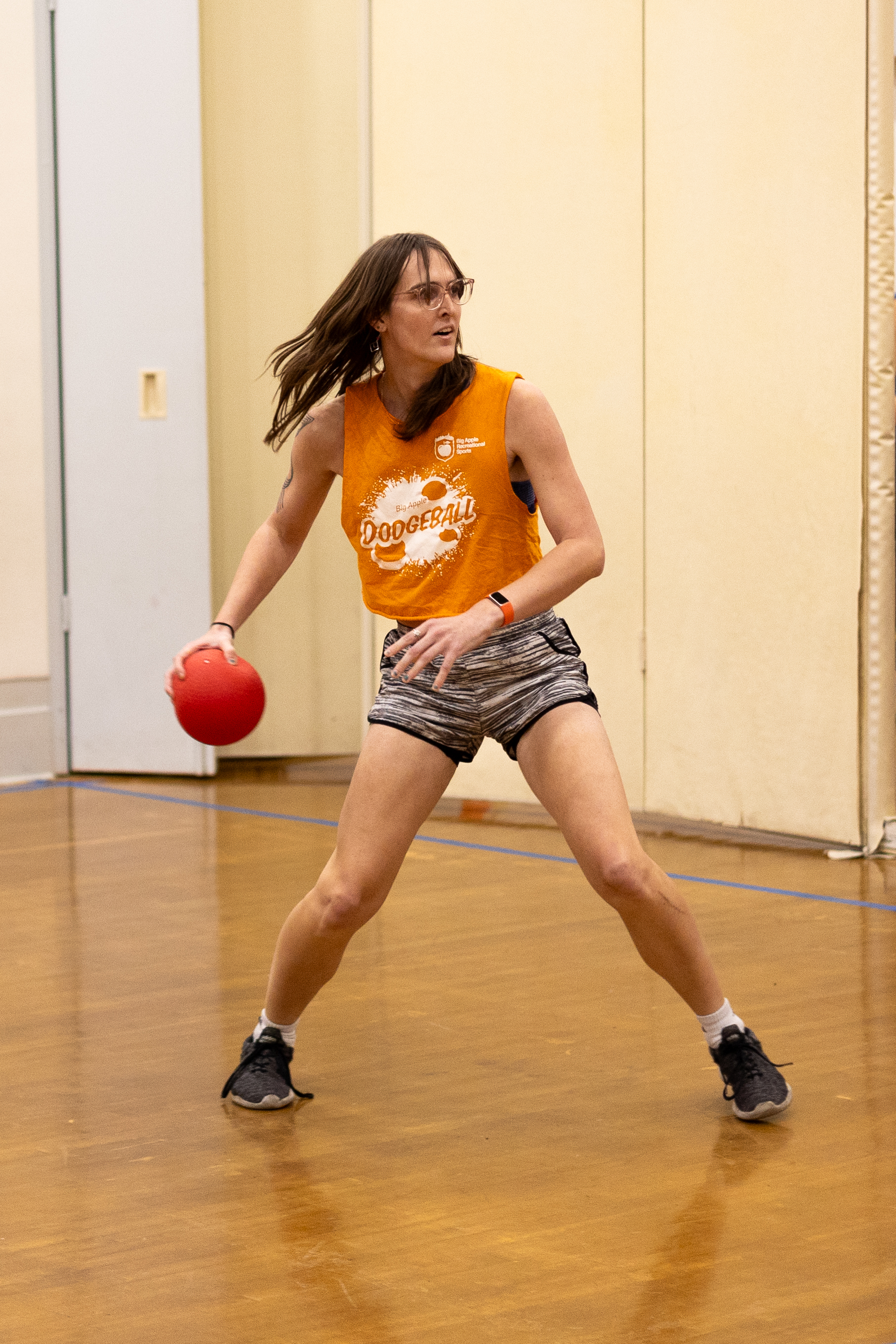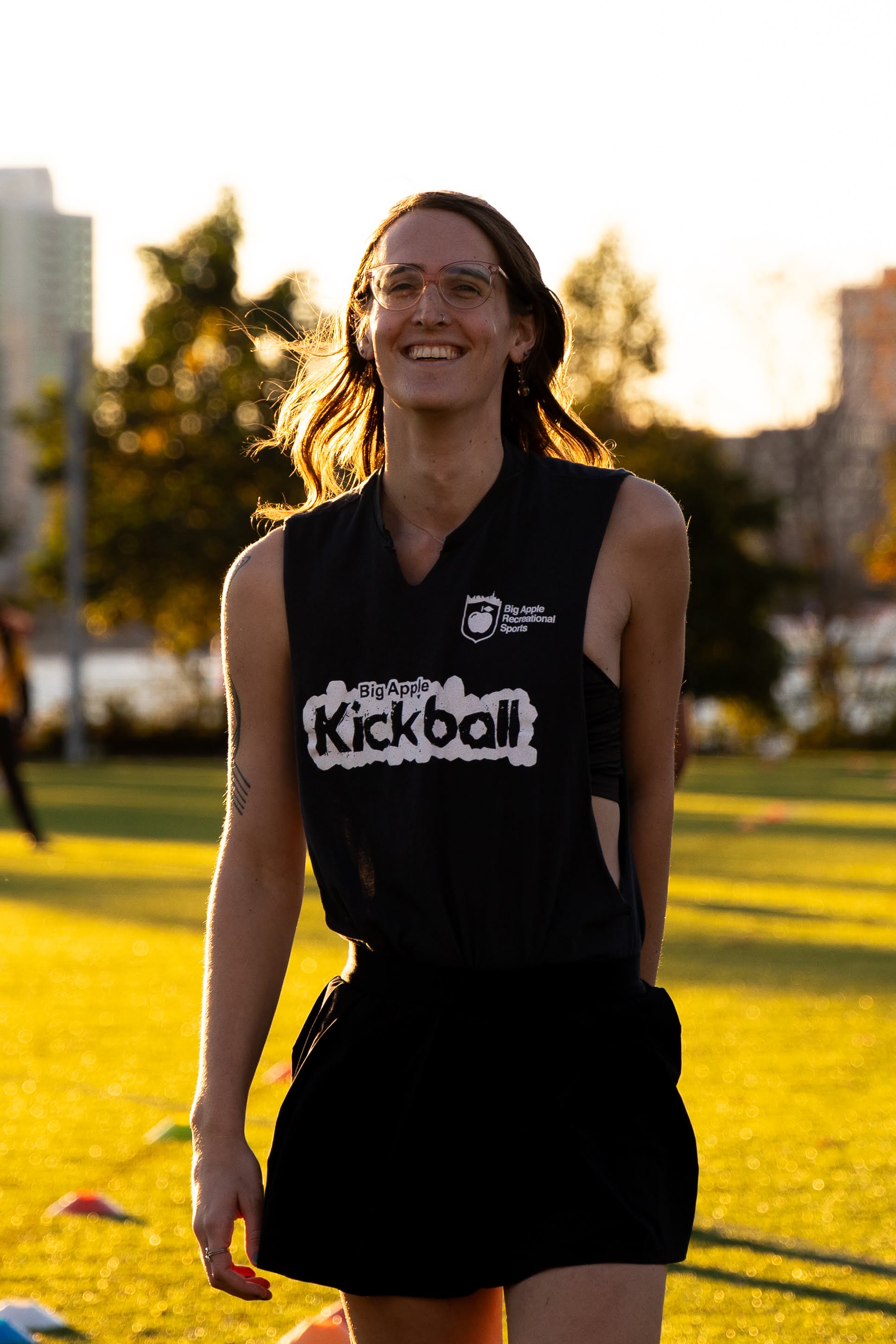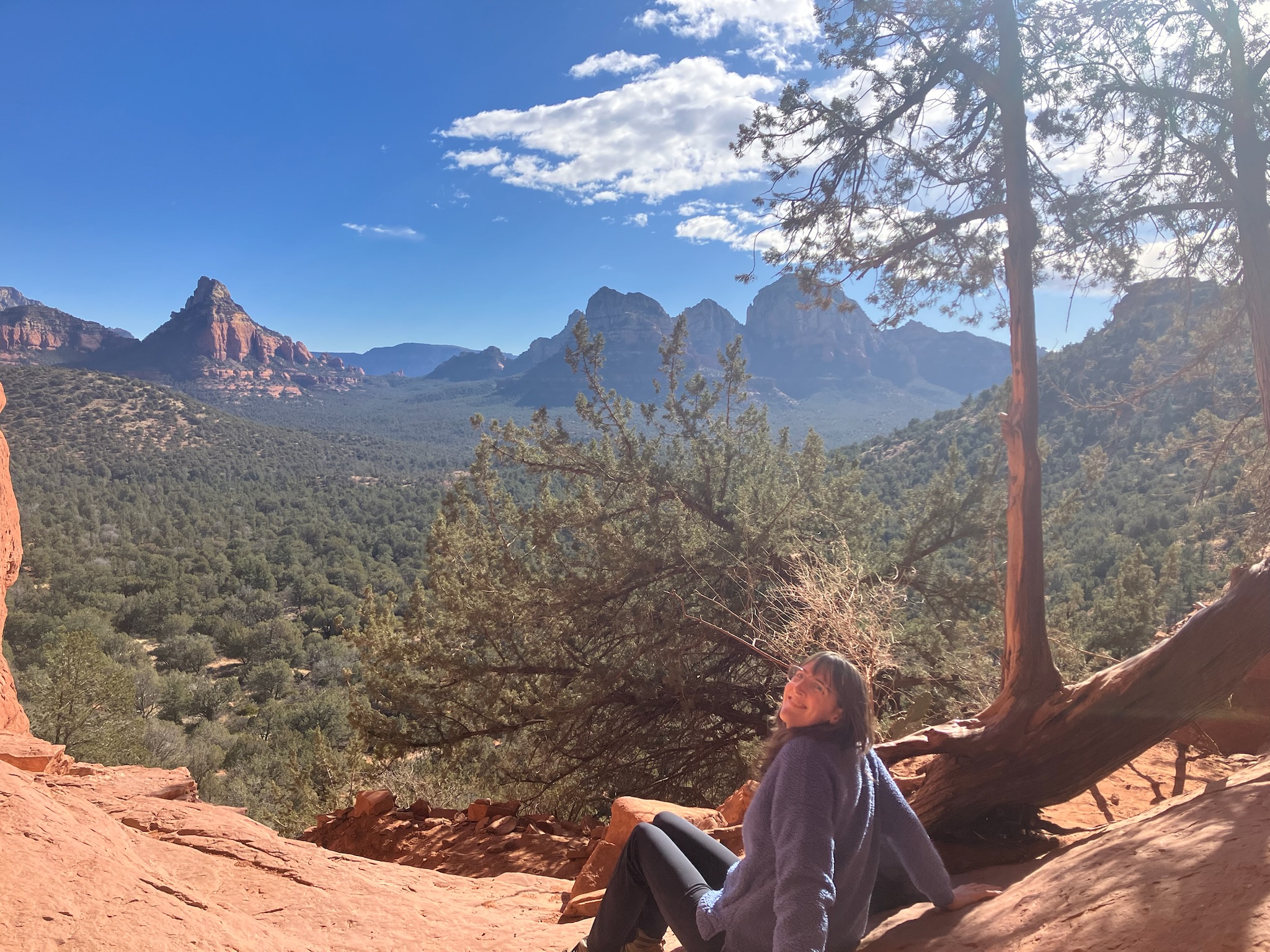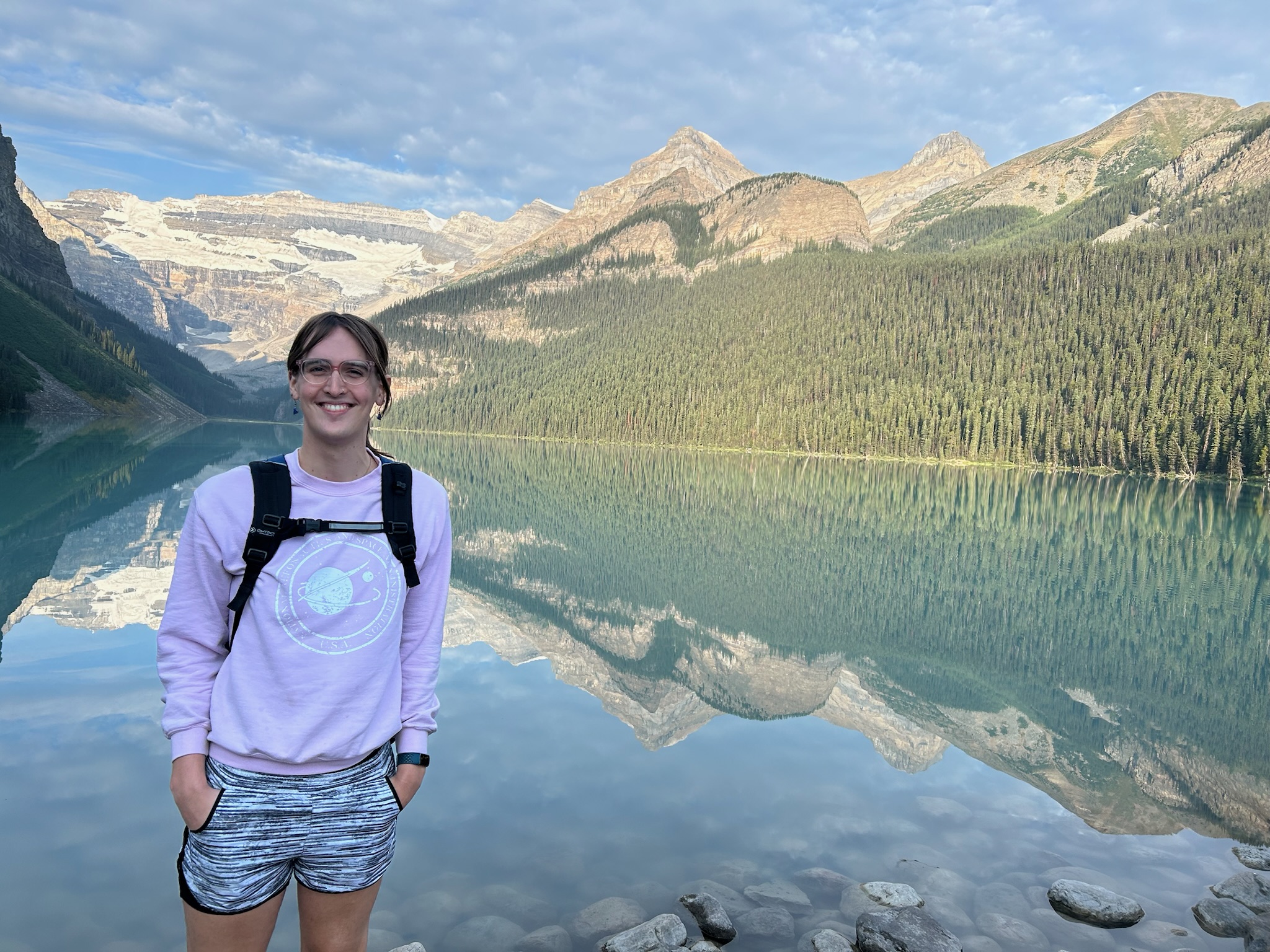Samantha Pease
I’m a mathematician and machine learning researcher, recently completing a Ph.D. in Mathematics at Rutgers University–Newark (graduating May 2026). My dissertation, advised by Dr. Chen Wan, proves a case of the Gan–Gross–Prasad conjecture for general spin groups. This work is part of the Langlands Program: a deep intersection of number theory, representation theory, and harmonic analysis.
Working in this interdisciplinary field has taught me to value a broad technical foundation, one that enables me to connect ideas across domains and approach complex problems with both theoretical rigor and creative flexibility.
Alongside my academic research, I completed a machine learning engineering internship at Covar, where I led a proof-of-concept pipeline combining Meta’s Segment Anything (SAM) with Gaussian Splatting for 3D scene segmentation. This involved processing large scale video data, reconstructing camera poses using structure from motion, adapting models across domains, and synthesizing insights from cutting edge ML research. I presented the project internally and to an external client, translating technical results into actionable insights.
I also designed and deployed the Trans Advice Agent, an end-to-end retrieval-augmented ML system that ingests community forum data, builds semantic embeddings (all-MiniLM-L6-v2), and indexes content with FAISS (using IVFPQ for memory-efficient scaling). The pipeline uses Claude Haiku for summarization, is orchestrated with LangChain/LangSmith for monitoring, and runs a FastAPI backend deployed on Render—demonstrating production skills in vector search, model integration, monitoring, and privacy-aware design.
My interests span machine learning research, applied ML engineering, and the mathematical foundations that connect them. I enjoy working on information retrieval and NLP, computer vision and 3D reconstruction, network analysis, and topological/data-driven methods — and building production-ready pipelines that emphasize scalability, provenance, and privacy. My internship and project work have given me experience across model development, embeddings and vector search, data engineering, and deployment/monitoring, and I like bringing theoretical rigor together with practical engineering to solve interdisciplinary, user-centered problems.
Previously, I earned a B.S. in Mathematics and Computer Science with distinction from Duke University, where I completed an honors thesis on symmetric square L-functions under Dr. Aaron Pollack.
Research
I am interested in the local side of the Langlands program, particularly how the structure of algebraic groups influences the analytic behavior of their representations. My current research centers on the local Gan-Gross-Prasad conjecture for tempered representations of general spin groups. Building on prior results for special orthogonal and unitary groups, my dissertation establishes a multiplicity-one theorem for Gan-Gross-Prasad triples in both the p-adic and Archimedean settings and extends the local Langlands correspondence to pure inner forms, classified by a Galois cohomology set. A key ingredient is the derivation of a local trace formula that links spectral and geometric expansions to a certain multiplicity formula.
Previously, I focused more on the analytic side of things and studied modular forms. In my undergraduate thesis I studied Siegel Eisenstein Series. Ichino has shown that certain values of some symmetric square L-functions can be expressed as the inner product of a Saito-Kurokawa lift. It is also known that there is a pullback formula which expresses Saito-Kurokawa lifts in terms of genus one cusp forms. We can then take advantage of the finite dimensionality of the vector space of cusp forms to calculate our desired value with simple linear algebra. This was done in
Sage Math
.
Projects
Trans Advice Agent
Samantha Pease
I built a retrieval-augmented QA system to surface community-sourced information about transgender healthcare. Users enter free-text questions and get concise, document-grounded summaries with links to the forum posts and resources that informed the answer; each response also includes a short confidence note. This is for information discovery, not medical advice.
Implementation highlights: semantic embeddings (all-MiniLM-L6-v2) stored in a FAISS index (IVFPQ) for memory-efficient nearest-neighbor retrieval, aggregation and summarization with Claude Haiku, orchestration and monitoring via LangChain/LangSmith, and a FastAPI backend deployed on Render. The index only contains public/community-contributed documents and the design emphasizes provenance and privacy. Future work focuses on broader curation, community evaluation, and bias/quality checks.
Instagram Network Analysis
Samantha Pease
This project explores the structure of an individual's Instagram social graph by identifying and analyzing mutual connections among followed users. I primarily looked at the data for my own Instagram network but also examined my sister's and roommate's networks for a comparison point. Future work would include comparing more diverse networks. The pipeline integrates web scraping and network science to uncover community structures, central users, and hidden patterns in online social behavior, as well as graph neural networks to predict potential future connections. The main goals were to make interesting visualizations of social networks, analyze local and global network statistics, and explore how a network can used as a basis for a graph neural network to predict communities as well as future connections.
Cat Identification with Neural Network From Scratch
Sam Pease
I built a deep neural network from the ground up to explore how architecture, activation functions, learning rates, and other parameters affect performance. Starting with a small cat image dataset and later pivoting to a binary classification task using CIFAR-10 (Cat vs. Not Cat), I encountered firsthand the limitations of deep neural networks for image classification without convolutional layers. Despite experimenting with network depth and size, I found minimal accuracy gains—highlighting the importance of architecture over brute-force tuning. All training was done on CPU, further emphasizing hardware constraints in model development.

Topology as a Tool to Differentiate Canopy Architecture in North American Forests
Eva Arroyo,
Sam Pease,
Nikita Zemlevskiy
In this project, we used topological data analysis (TDA) to classify forest types based on LiDAR-derived canopy height models from four ecologically distinct U.S. forests. We extracted persistence diagrams—summaries of geometric features at multiple scales—using both 1D and 2D sublevel set filtrations, then transformed these into feature vectors for classification using support vector machines (SVM). Our results showed that 1D persistence, which captures broader structural trends in canopy architecture, outperformed 0D persistence in distinguishing between forest types. This work demonstrates how persistent homology can uncover meaningful ecological differences in complex spatial datasets.
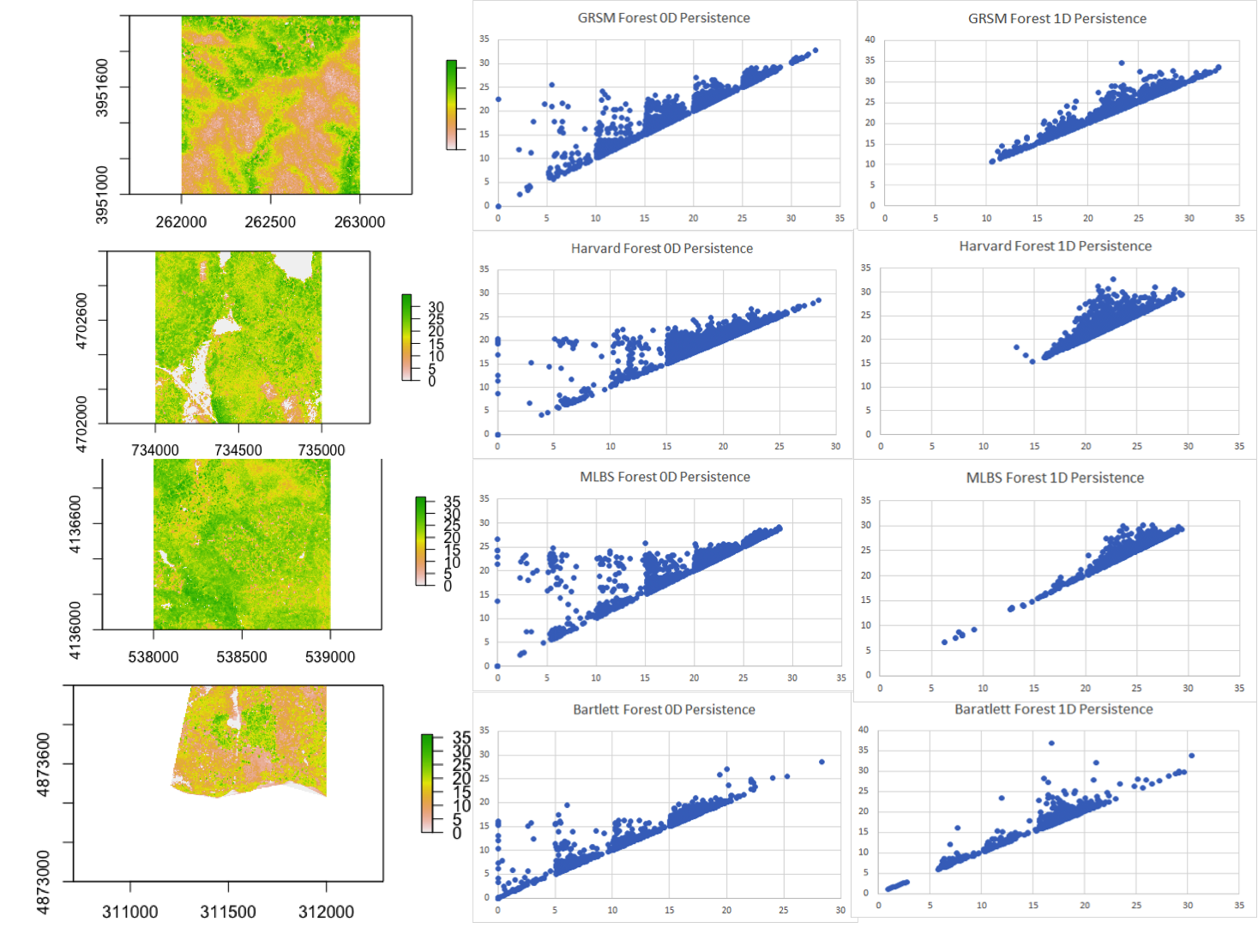
Remote Wind Turbine Monitoring System
Sam Pease,
Martin Cala
In the summer of 2017, I volunteered with WindAid, an international NGO based in Trujillo, Peru. I began by working in the engineering workshop, helping to construct a wind turbine (pictured below) for a rural home with no access to electricity. Later, another volunteer and I initiated R&D on a prototype monitoring system designed to remotely report windspeed, power generation, and battery capacity for installed turbines. The goal was to provide engineers with diagnostic feedback, as turbines were often located in remote areas and maintained by users with limited technical knowledge. We successfully developed a functional prototype and handed it off to WindAid’s permanent engineering team for continued development.
